Coffee tasting in Colombia: where to go and what to do
Naturally, Colombia is a leading destination for coffee tasting. The country produces some of the best coffee beans in the world, renowned for their delicate aroma and flavor. So, how to go about coffee tasting when visiting Colombia? Here is the ultimate beginner’s guide.
Where to go coffee tasting
You have plenty of options. The country has five major coffee-producing regions. The most popular is the Coffee Triangle. This area is located in central Colombia, nestled in the Andes mountain range. It is packed with coffee farms, making it the leading destination for exploring Colombian coffee culture firsthand.
Other interesting locations include the southern regions of Nariño, Cauca, and Huila. In recent years, these three departments have been dubbed a new Coffee Triangle, particularly regarding specialty coffee. The latter even received Denomination of Origin for its beans in 2013, thanks to their signature intense aroma, sweet acidity, and fruit notes.
Most major cities also offer a solid coffee tasting experience. There are many specialized cafés where you can indulge in this adventure.
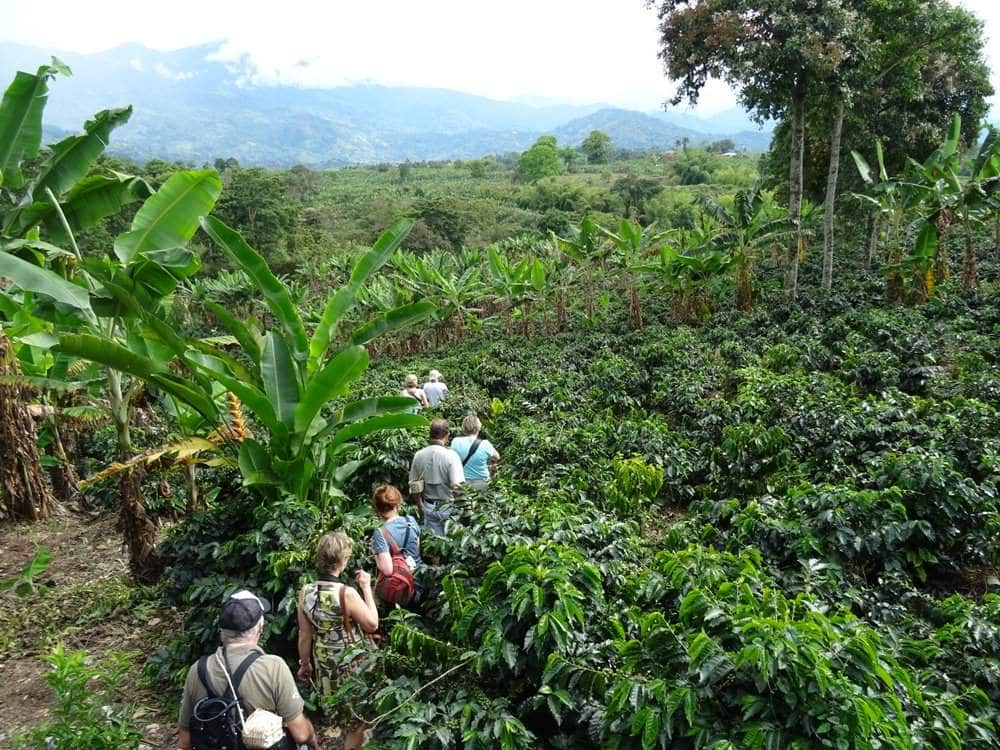
Why Colombian coffee is among the world’s greatest
Coffee tasting is likely to be on most travelers’ bucket lists of things to do in Colombia. What is it about Colombian coffee?
The national product is of the Arabica variety. Colombian coffee is known to be well-balanced or mild, due to its pronounced aroma, acidity, and purity.
Such quality does not come from a single source. Firstly, the country’s location and geography set the stage for optimal crops. It is near the Equator, which provides rich soils, regular rainfall, and enough sunshine for coffee to thrive in.
It also has many high-altitude mountains, which favor the growth of flavorful beans.
Furthermore, coffee fields in Colombia are usually nurtured by abundant water sources.
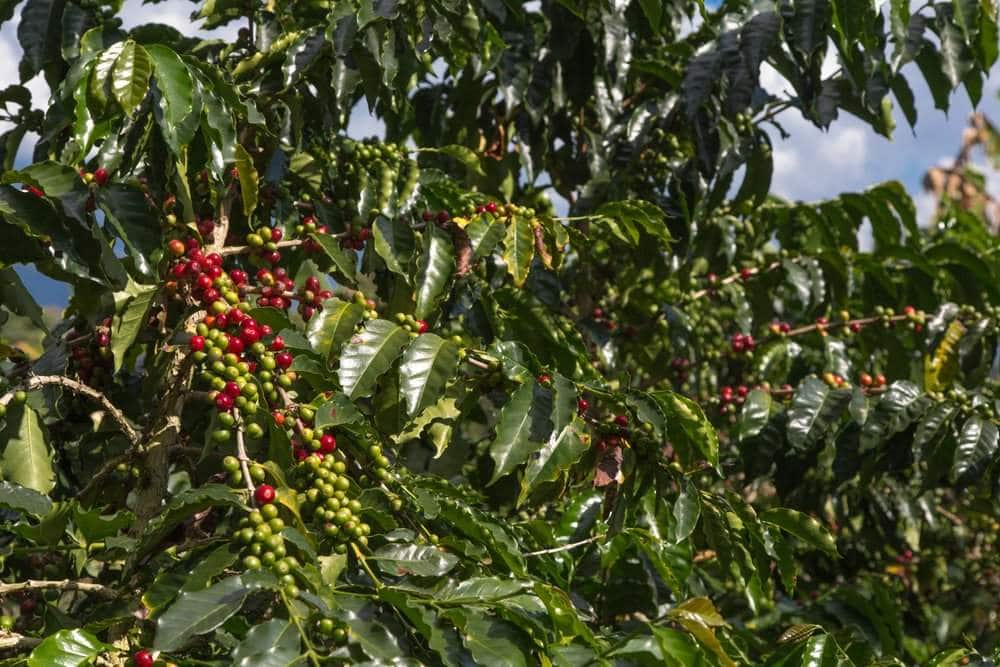
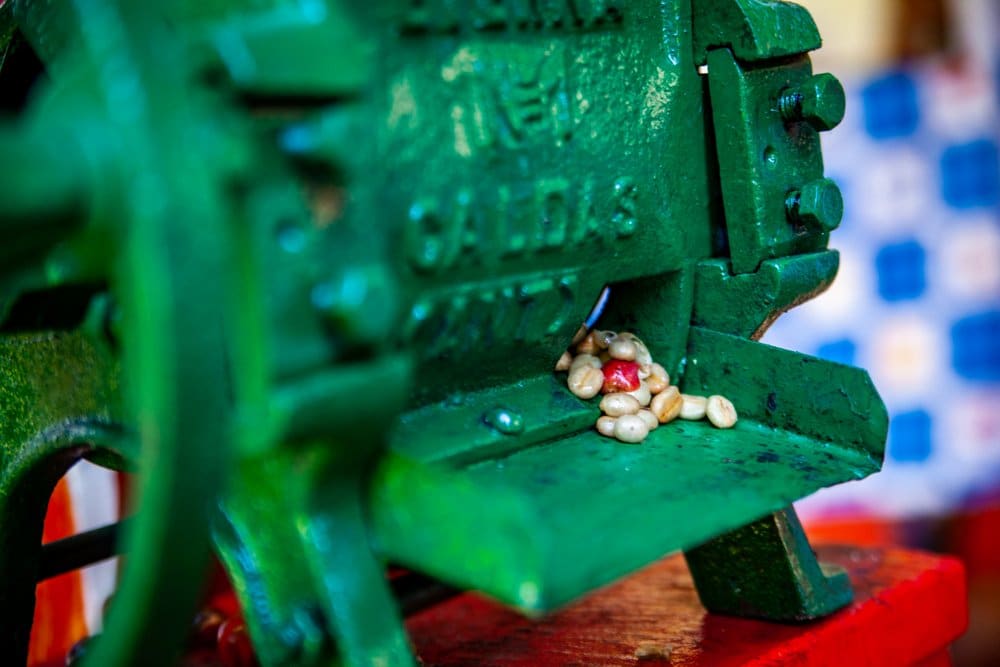
On the other hand, local production and processing methods also play their role. Colombian farmers process their crop with a washing method, in which the bean’s quality relies on it absorbing enough natural sugars and nutrients during its growing cycle.
Washed coffees are a testimonial to the art of growing the ideal coffee bean, and how farmers are critical to the quality of an exceptional cup of coffee.
Coffee tasting 101
Coffee tasting is something you need to work on overtime. The more you do it, the better you will become. Here are some tips to kick off your journey.
What to pay attention to
- Aroma: Ideally, coffee should smell sweet, flowery, nutty, or even caramelized. Chemical, rubber, wood, or leather scents are never present in quality coffee.
- Body: This refers to the density of coffee. Some varieties are lighter, fuller, or even creamier than others.
- Taste: The leading notes of coffee are usually acidic or sweet, with nuances in between. The authentic flavor of a cup varies as you taste it, because the taste buds responsible for perceiving sweet, salty, acid, and bitter flavors are located in different places on your tongue.
- Aftertaste: This is the sensation left after swallowing your sip of coffee. It can be short, long, or persistent in duration, and delicate or strong in intensity.
- Color: This depends on how toasted the beans are — the more toasted, the darker.
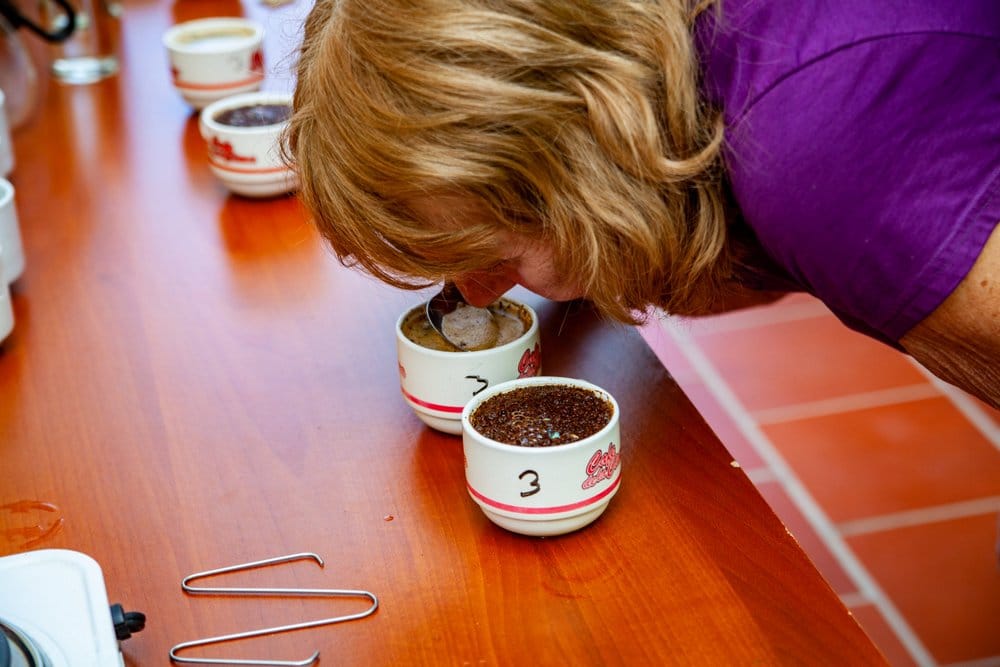
The process
- Brewing the coffee: A rounded tasting experience requires proper brewing. This means the attending expert has to appropriately measure the coffee and water when preparing your cup of coffee. They usually also toast and grind the beans on-site.
- Breaking the cup: Once the coffee is ready and settled, with a spoon, remove the crust that forms on the surface. Make sure to take in the aroma closely when doing this.
- Slurp it: This allows the coffee to hit all of your tongue’s taste buds. You can either spit it out into a spare cup (to not get too caffeinated if you are trying many varieties or brewing methods), or drink it. It is up to you!
You can continue to learn at home. When choosing your coffee, look for information about its origins and attributes. Also, be mindful of the date when it was ground, so that you can enjoy it at its best. Next, you need to select a fit brewing method for it. Some beans are best brewed using a French press, while some thrive with pour-over techniques.
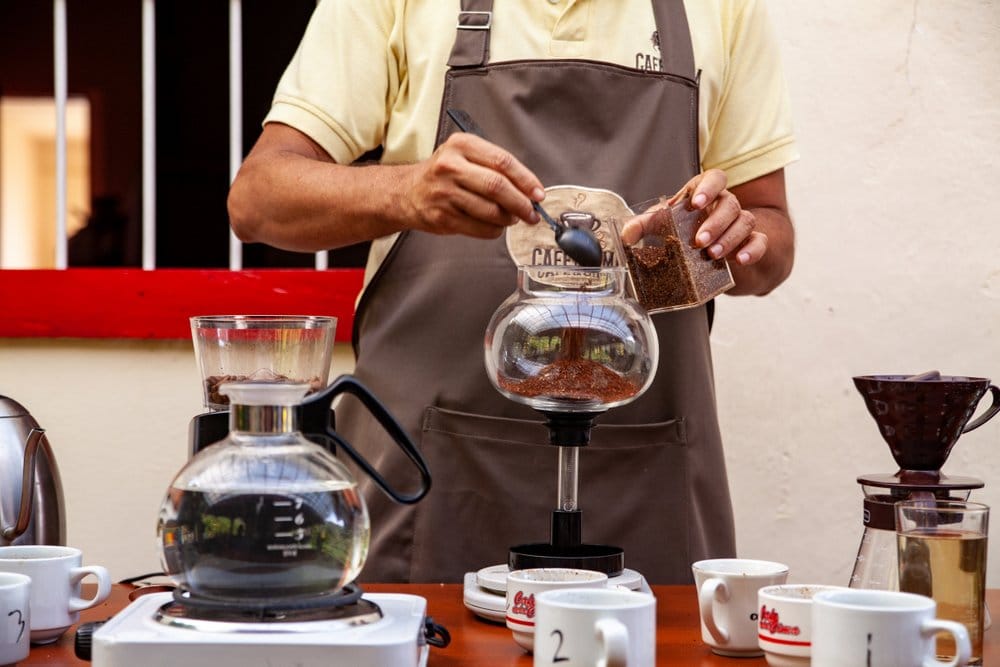
An experience to remember
When planning your visit, remember that incredible landscapes, historical sites, and festivals in Colombia, are not the only reason you will fall in love with the country. Coffee tasting is a unique way to dive into Colombian culture, so give it a go!
If you need help or guidance with the planning process of your trip to Colombia, don´t hesitate to contact us. We have a team of travel experts looking forward to help you have the best holiday of your life.
